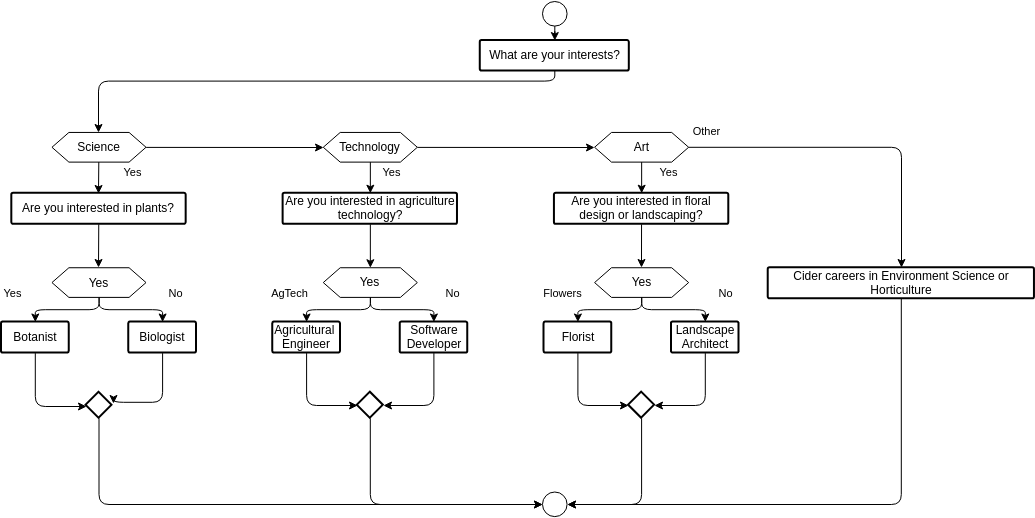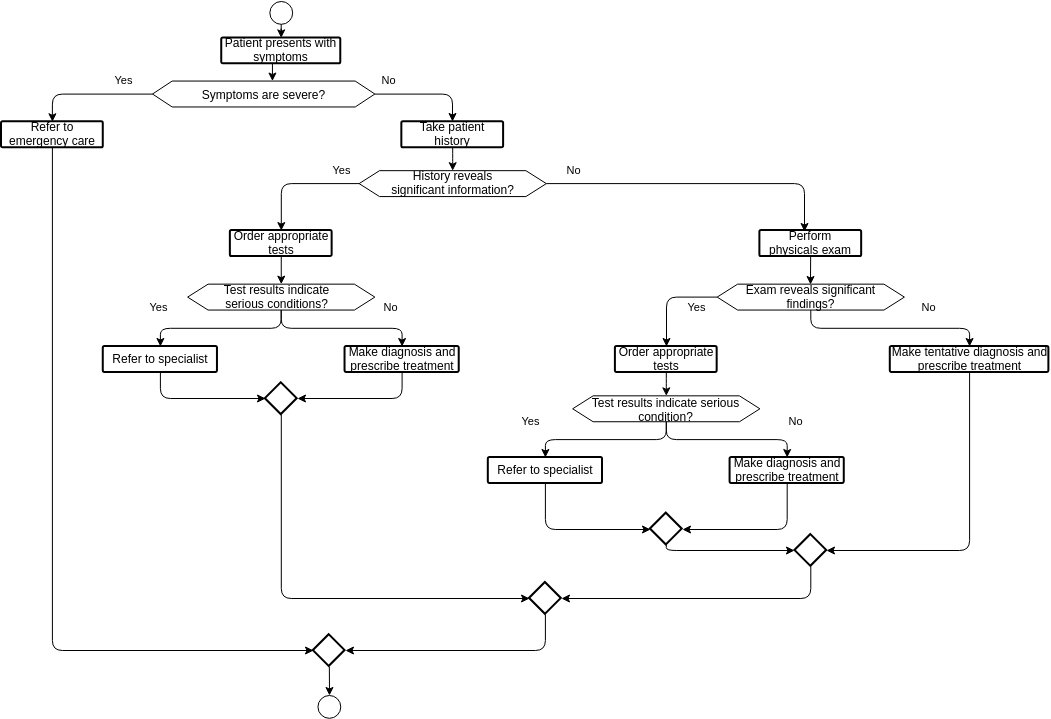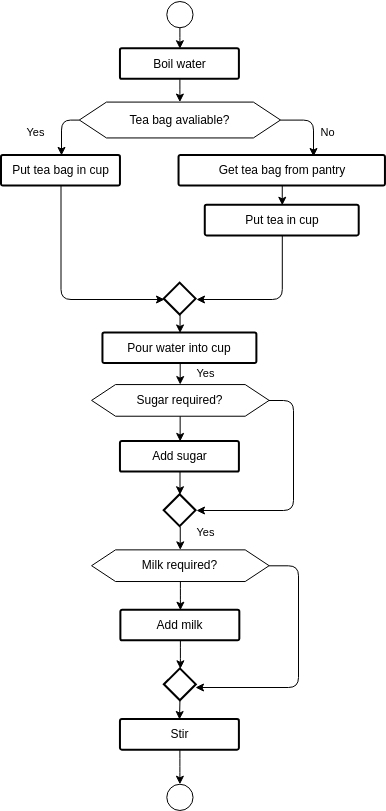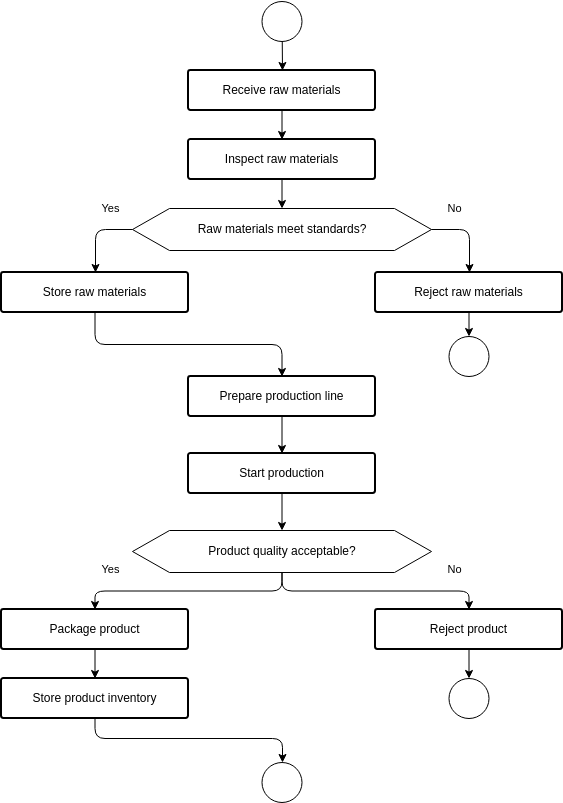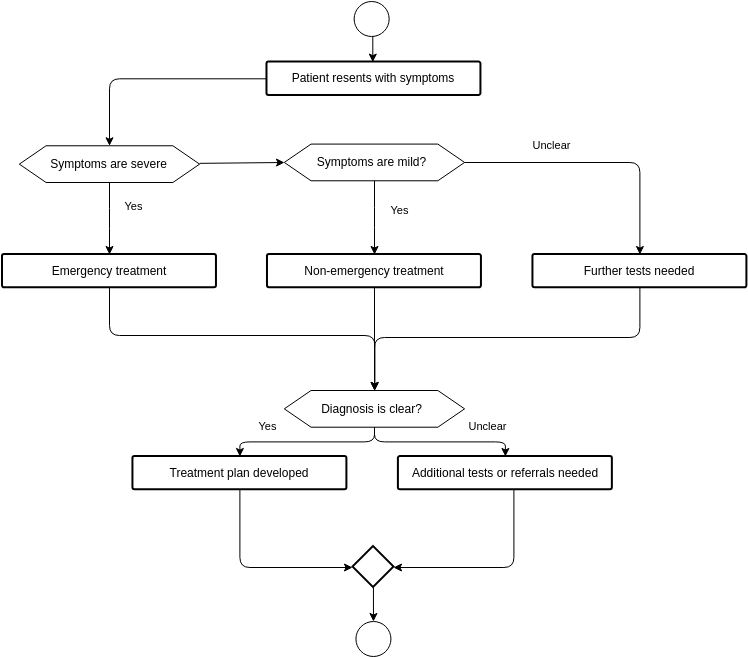Content marketing flowchart
The Content Marketing Flowchart outlines the steps that a business can take to create an effective content marketing strategy. The first step is to define the target audience, which is essential for creating content that resonates with the intended audience. By defining the target audience, businesses can create content that meets their needs and interests, leading to increased engagement and conversions.
Once the target audience is defined, the next step is to create a content plan. This involves identifying the types of content that will be created, the themes and topics that will be covered, and the channels through which the content will be distributed. A clear content plan helps to ensure that all content is aligned with the business's goals and objectives.
The next step is to write blog posts that are optimized for search engines. This involves creating high-quality content that is optimized for specific keywords and phrases to improve search engine rankings. By optimizing blog posts for SEO, businesses can increase the visibility of their content and attract more traffic to their website.
After blog posts are written and optimized, they are published on the blog. It's important to ensure that the blog is user-friendly and visually appealing to ensure a positive user experience. Publishing blog posts on a regular basis helps to build a loyal readership and establish the business as an authority in their industry.
The next step is to create social media content that is engaging and shareable. This involves creating content that resonates with the target audience and is optimized for each social media platform. By creating engaging social media content, businesses can increase their reach and attract more followers.
Finally, the last step is to measure and analyze the results of the content marketing efforts. This involves tracking key metrics such as website traffic, engagement rates, and conversions, and using this data to refine the content marketing strategy. By measuring and analyzing the results, businesses can identify areas where improvements can be made and optimize their content marketing efforts for maximum impact.
Overall, following a content marketing flowchart can help businesses improve the quality and consistency of their content, increase engagement and conversions, and ultimately, grow their business. By defining the target audience, creating a content plan, optimizing blog posts for search engines, publishing on the blog, creating engaging social media content, and measuring the results, businesses can create a successful content marketing strategy that achieves their goals and objectives.
Benefits of creating this flowchart
Creating a content marketing flowchart can help businesses improve the quality and consistency of their content, increase engagement and conversions, and ultimately, grow their business. By defining the target audience, creating a content plan, optimizing blog posts for search engines, publishing on the blog, creating engaging social media content, building an email list, and measuring the results, businesses can create a successful content marketing strategy that achieves their goals and objectives.
Organizing the content creation process, improving the quality of the content, increasing the reach of the content, measuring the success of the content, and building relationships with customers are all benefits of creating a content marketing flowchart. By following a clear process and measuring the results, businesses can identify areas where improvements can be made and optimize their content marketing strategy for maximum impact. This can help to increase customer loyalty and retention, build brand reputation, and ultimately grow their business.
Are you in need of flowchart design templates? Visit Visual Paradigm Online now and explore a variety of customizable templates to choose from.


